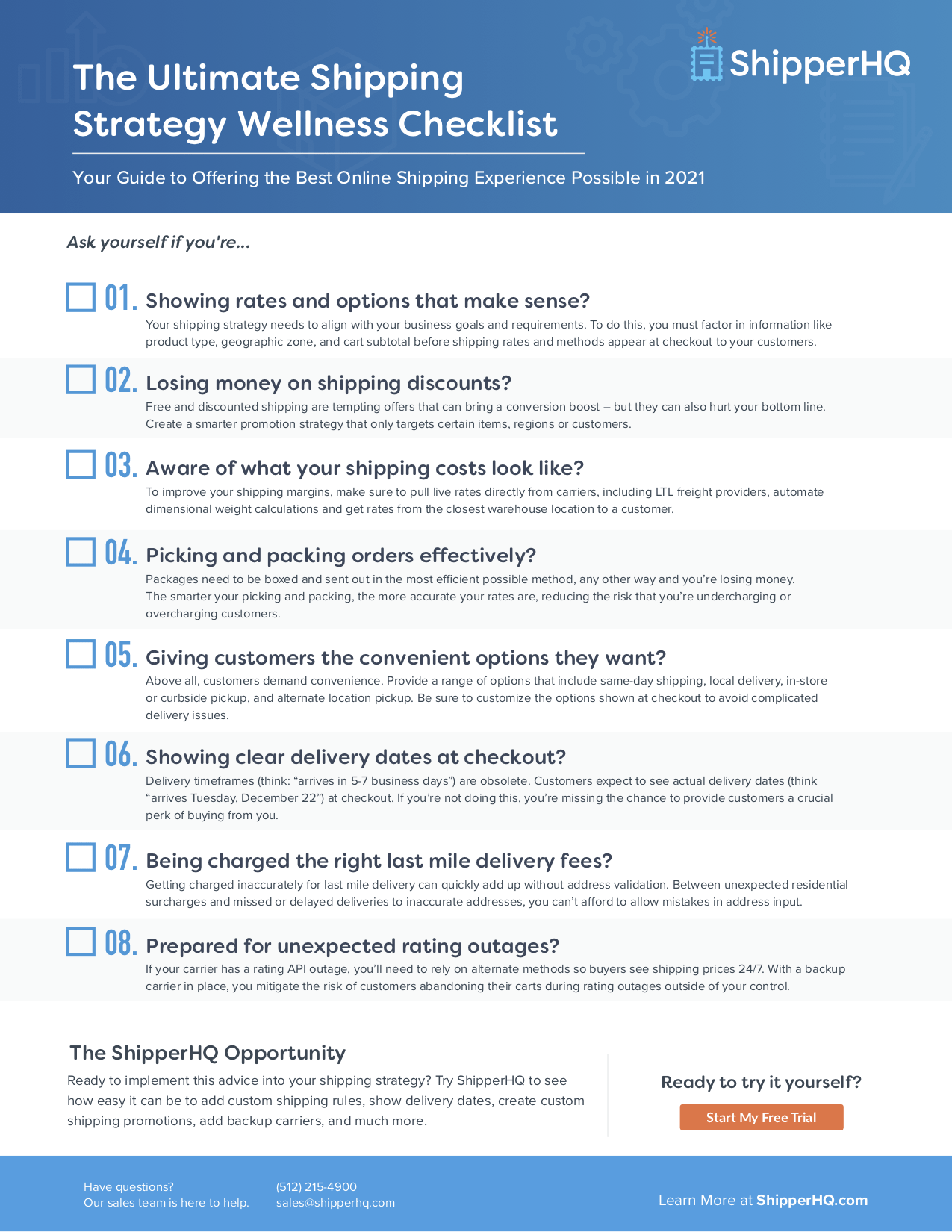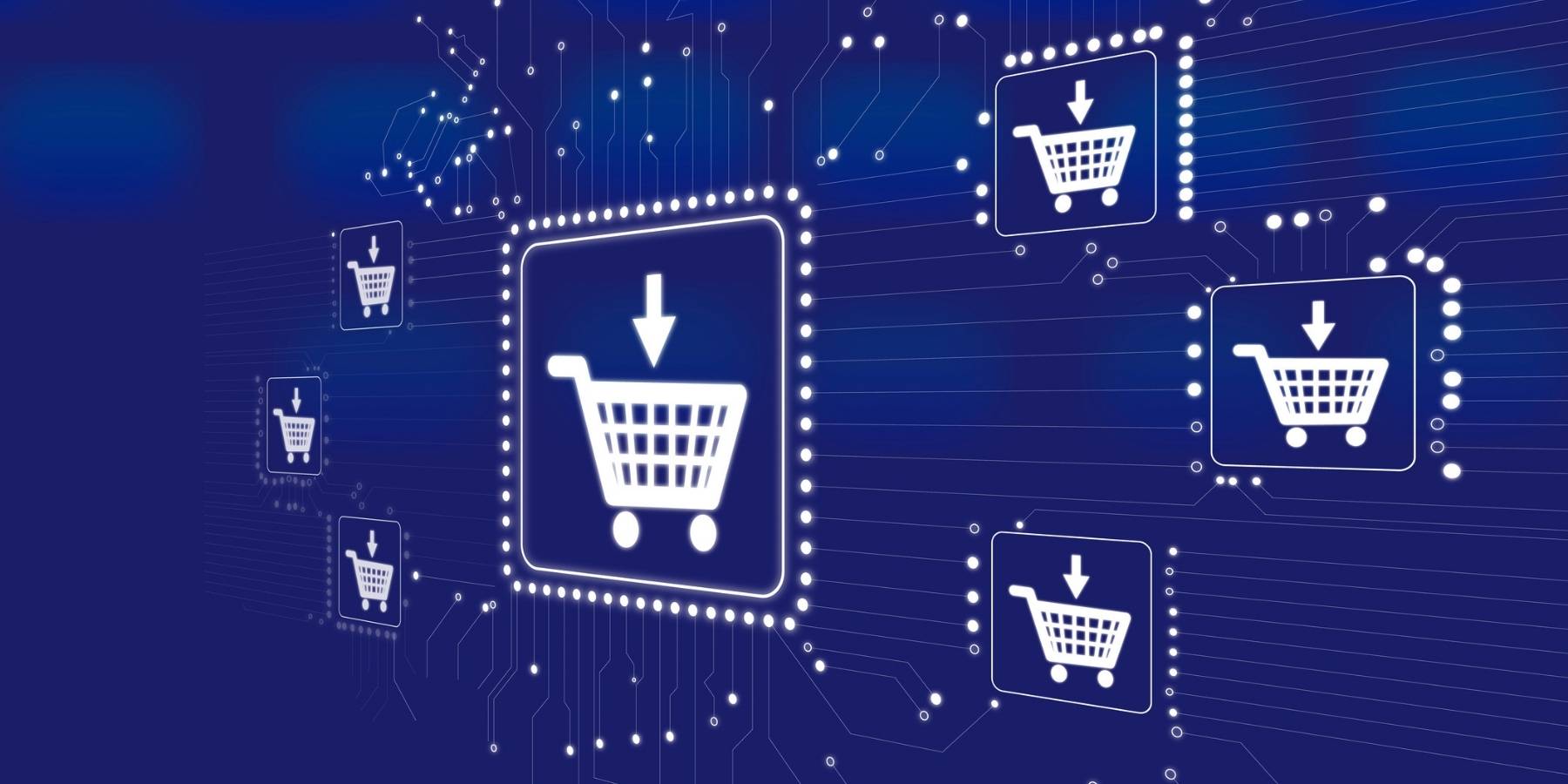In the ever-evolving world of ecommerce, retailers are challenged to keep up with emerging technology at breakneck speeds. One promising piece of technology helping retailers stay flexible, agile and ready to adapt their systems on the fly? PWAs.
PWAs, or Progressive Web Apps, are web-based “apps,” which allow users to have an app-like experience within a web browser.
Typically, native apps provide a richer, more user experience than a mobile website. They rely on device features like GPS and camera integrations that make the app useful and engaging.
The problem with apps though? People don’t like downloading them.
That’s precisely why PWAs are seen as the technology of the future. They bridge the gap between web browser and mobile functionality, both from a performance and accessibility perspective.
Now that you have a baseline definition of PWAs, let’s dive more into the technology so you can understand in more depth what they do, and how retailers use them to drive sales and increase customer engagement.
Consumer Buying on Mobile
Mobile buying is more vital than ever before, both for merchants and their customers. In 2020, consumers spent more than one billion hours shopping on mobile, a 50% increase over 2019. Whether pandemic-driven or not, mobile ecommerce spending grew exponentially, with mobile spending accounting for more than 67% of all ecommerce purchases.
However, the majority of mobile buying doesn’t happen on apps. In fact, not one of the top 10 grossing apps are in retail. Better yet, the average number of downloads on a single user’s device is a disappointing zero.
Today, consumers simply aren’t buying from apps. This makes things confusing: if mobile apps drive smart devices, and mobile spending is skyrocketing, what’s the disconnect?
Mobile browser buying. Savvy retailers have set their sights on mobile websites that deliver high-quality browsing experiences. And many are using PWAs to do that.
Apps vs. Mobile Websites
Traditionally, apps provide retailers with more frequent engagement, higher conversion rates, easier purchasing, and the benefit of a piece of real estate right on their customers’ home screens.
However, mobile app development is expensive, time-consuming, and challenging to maintain. To make even small changes to an app, its developer has to release an update, which a user then has to reinstall to get access to.
By the time all this happens, a new update is often due. Because of this, many retailers have switched their focus to mobile web instead, where they can provide a dynamic buying experience that can be updated (and upgraded) in real-time.
Enter: Progressive Web Apps. These apps live online, rather than on a device, and never need to be downloaded or updated. PWAs uses technologies including JavaScript, CSS and HTML to let developers create web apps that mirror native apps. Retailers can also build PWAs using custom solutions, which specifically enable them to build these apps.
For loyal customers, PWAs can be added to their device home screen, capturing one of the most valuable elements of retail apps to begin with. Any way you put it, PWAs provide a valuable chance for retailers to give their customers a top-notch mobile buying experience.
PWAs: The Best of Both Worlds
- Straightforward Maintenance
With PWAs, you don’t need to worry about updates being installed. Instead, you can update and iterate on your offering at any time. In addition, PWAs are not system-dependent. Meaning, you can manage just one mobile offering that will provide app-like experiences for mobile customers on iOS, Android, and Microsoft devices. - Higher Conversion Rates
With app-like performance that improves engagement and reduces checkout friction, retailers can expect to see an increase in conversion rates over traditional mobile sites. App-like features include access to native hardware like contact lists for sharing items, camera-capability to scan credit cards for faster payment, GPS-enablement for store location, and more. Additionally, PWAs can save a users login and payment information, making the checkout process quicker than ever. - Fast
Because they are purposefully built for speed and agility on web, PWAs are much more lightweight and nimble than native apps, which must have all functionality built-in. Using the latest web development concepts and tools available, PWAs are constantly updated with speed-enabling features that can be added at any time. - SEO Benefits
Because PWAs live on the web and not app stores, they can be indexed just like any other site page. By building a fast, responsive, content-rich mobile site, retailers can leverage their mobile presence to provide a one-two punch. They can enable purchasing while boosting brand awareness and engagement through search. - Push notifications
Users can also opt-in to receive web-based push notifications from your brand. Push messaging is a uniquely effective mobile retail conversion strategy, especially when paired with an effective push messaging segmentation strategy. Google reports its PWAs see opt-in rates as high as 60% and with click-through-rates around 15%. Which means, enabling these messages is a crucial aspect of the PWA strategy.
PWA Success Stories:
- Alibaba saw a 75% increase in conversions across browsers, along with 14% more monthly active users on iOS and 30% more on Android. Additionally, for users who added PWAs to their home screen, the company saw four times more interaction.
- Pinterest saw its time spent in app go up 40% after using PWAs, along with a 60% increase in core engagements and 44% increase in ad revenue.
- Netflix experienced a 50%+ reduction in time-to-interactivity after implementing PWAs.
- Trivago saw a 97% increase in conversions after switching to a PWA.
Ready to build your PWA? Start with ShipperHQ.
Our PWA powered Enhanced Checkout for Magento 2 lets you integrate the most streamlined, customizable shipping and pickup options at the the point of purchase.
With our Enhanced Checkout, you can:
- Take full control of your checkout, without additional dev time or cost
- Offer an Amazon-like checkout with split shipping
- Enable time slot delivery or a calendar date selector
- Access robust order information, like packing specifications
Interested in learning more? Schedule your free demo here.
Need more guidance? Download our 2021 Shipping Checklist.
Right now, ecommerce stores are stretched tighter than ever.
Retailers must evaluate every move they make. And find new ways in 2021 to balance exciting growth trajectories with increasing customer demands around shipping.
If you’re feeling the pressure of high order volumes, complex shipping needs, and high standards for customer satisfaction, we’re here to help with our Ultimate 2021 Shipping Wellness Checklist.







